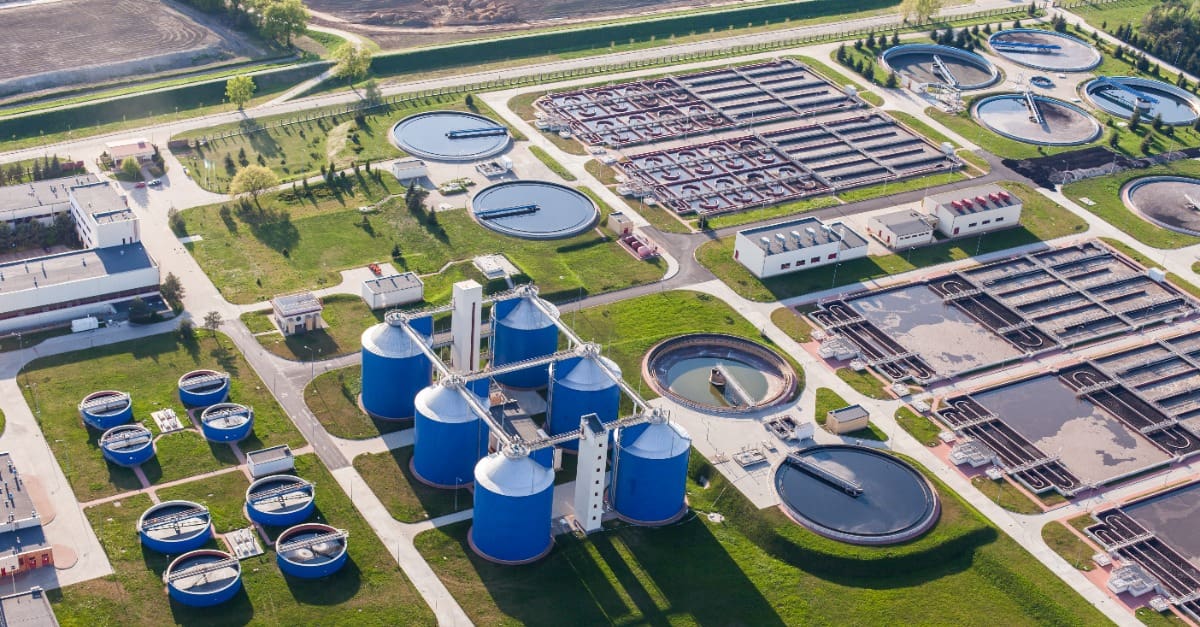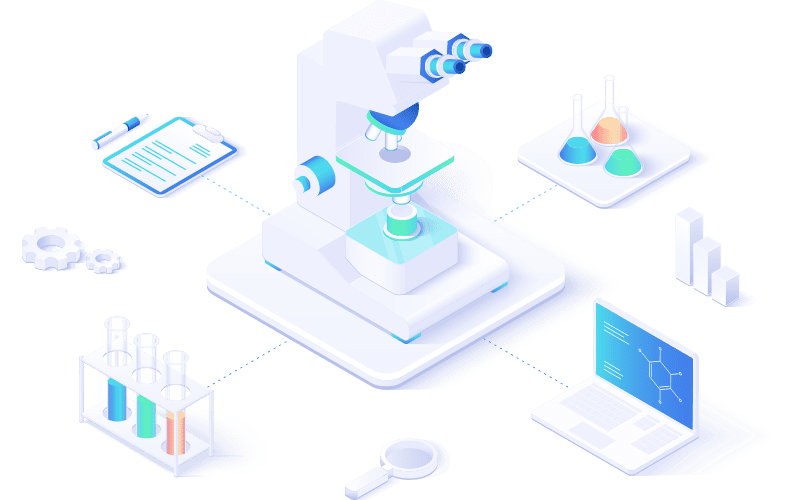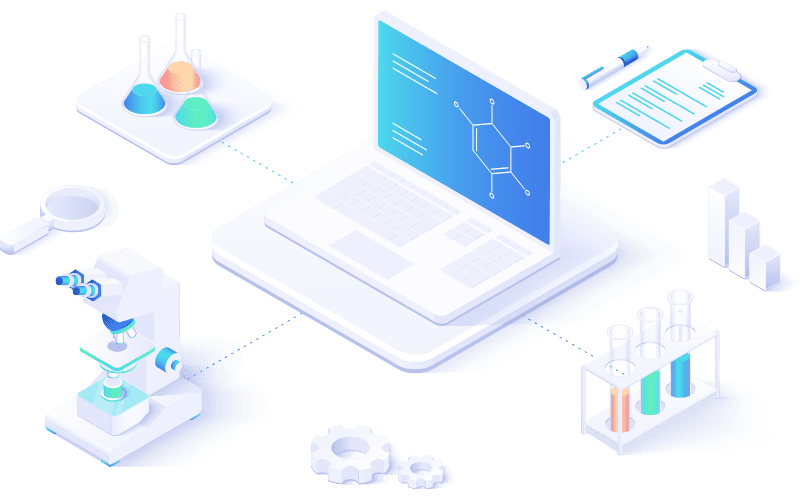
Before water returns to rivers, lakes, or reservoirs, it passes through the rigorous oversight of wastewater treatment labs. These laboratories are essential to the process of transforming contaminated water into safe, environmentally acceptable discharge or even potable reuse. From microbial testing to chemical analysis and regulatory reporting, wastewater treatment labs provide the data and insight needed to keep communities and ecosystems healthy.
What Are Wastewater Treatment Labs?
Wastewater treatment labs are specialized laboratories within or affiliated with water treatment facilities. Their mission is to monitor and test water quality at every stage of the treatment process, from influent (incoming wastewater) to effluent (discharged water). These labs ensure compliance with federal, state, and local environmental regulations—especially those set by the EPA—and provide real-time data that guides treatment decisions and safeguards public health.
Why Lab Testing Is Critical in Wastewater Treatment
Treating wastewater isn’t just about filtration—it’s about chemistry, biology, and precise monitoring. Laboratories provide critical services such as:
- Monitoring pathogen and contaminant levels
- Measuring biochemical and chemical oxygen demand (BOD/COD)
- Detecting heavy metals, nutrients, and toxic compounds
- Supporting process control and treatment optimization
- Generating regulatory reports and compliance documentation
How Wastewater Is Treated — And Where Labs Come In
1. Preliminary and Primary Treatment
During the initial stages, large debris and solids are removed from wastewater through screening and sedimentation. Labs begin testing here to establish baseline contamination levels and to monitor influent characteristics. These tests often include pH, total suspended solids (TSS), turbidity, and temperature.
2. Secondary (Biological) Treatment
This phase involves the breakdown of organic material by microorganisms. Wastewater labs monitor the biological health of the treatment system by measuring biological oxygen demand (BOD), total nitrogen, ammonia, and phosphorus. Microscopic analysis helps assess microbial communities to ensure optimal biological activity.
3. Tertiary Treatment and Disinfection
Advanced processes such as filtration, chemical dosing, or UV disinfection are used to remove remaining contaminants and pathogens. Labs perform coliform testing, residual chlorine analysis, and chemical screenings to ensure that treated water meets regulatory discharge limits or potable reuse standards.
4. Sludge Treatment and Biosolids Monitoring
Solid byproducts from the treatment process—called sludge—must also be tested and managed. Labs measure heavy metals, nutrient content, and pathogens in biosolids to determine whether they can be safely used in agriculture or require specialized disposal.
Common Tests Performed in Wastewater Treatment Labs
- Biochemical Oxygen Demand (BOD5): Measures the amount of oxygen-consuming organic matter present in water
- Chemical Oxygen Demand (COD): Measures chemically oxidizable pollutants
- Total Suspended Solids (TSS): Indicates particulate contamination
- Fecal Coliform and E. coli: Indicates potential pathogen presence
- Ammonia, Nitrogen, and Phosphates: Key nutrients that can cause eutrophication
- Heavy Metals: Includes lead, arsenic, mercury, cadmium, and others
- pH and Conductivity: General indicators of water chemistry
The Role of LIMS in Wastewater Treatment Labs
Handling hundreds or thousands of samples each day requires precise coordination. A Laboratory Information Management System (LIMS) helps wastewater labs streamline operations, ensure regulatory compliance, and reduce human error. With a LIMS, labs can:
- Track samples from collection to reporting
- Automate test scheduling, result entry, and quality checks
- Generate regulatory reports for EPA and state agencies
- Monitor instrument calibration and maintenance schedules
- Enable secure data access for plant operators, engineers, and compliance officers
Why Wastewater Labs Choose the LabLynx LIMS Suite
The LabLynx LIMS Suite is built to support the specific needs of wastewater treatment labs. With configurable modules for BOD/COD testing, nutrient monitoring, and EPA-compliant reporting, our platform empowers labs to manage every aspect of testing with speed and confidence.
Whether you manage a municipal plant, an industrial discharge site, or a regional water authority, LabLynx gives your team the tools to improve data quality, stay compliant, and operate efficiently.
Schedule a demo to discover how LabLynx can help modernize your wastewater testing workflow and enhance every step of your treatment process.
Conclusion: Clean Water Starts in the Lab
Wastewater treatment labs play an essential role in environmental protection and public safety. Through rigorous testing, data management, and scientific oversight, they ensure that what goes down the drain doesn’t come back to haunt us. With advanced tools like the LabLynx LIMS Suite, these labs can scale their impact, meet growing regulatory demands, and contribute to a more sustainable future—one clean sample at a time.
Accelerate Your Lab's Success & Experience LabLynx
"*" indicates required fields
Explore the LabLynx Suites

LIMS Suite
Seamless Sample and Workflow Management
The LabLynx LIMS Suite empowers laboratories with the tools needed to manage samples, workflows, compliance, and more in one centralized system. It’s the backbone for labs seeking efficient, reliable, and scalable management solutions.

ELN Suite
The LabLynx ELN Suite offers a modern approach to managing lab data and experiments. With its secure, intuitive platform, your team can record, store, and collaborate effortlessly, supporting innovation every step of the way.

Lab Automation
Automate for Efficiency and Growth
Streamline operations and boost productivity with the LabLynx Lab Automation Suite. Designed for labs ready to embrace advanced automation, this suite integrates systems, instruments, and workflows to deliver efficiency at scale.
